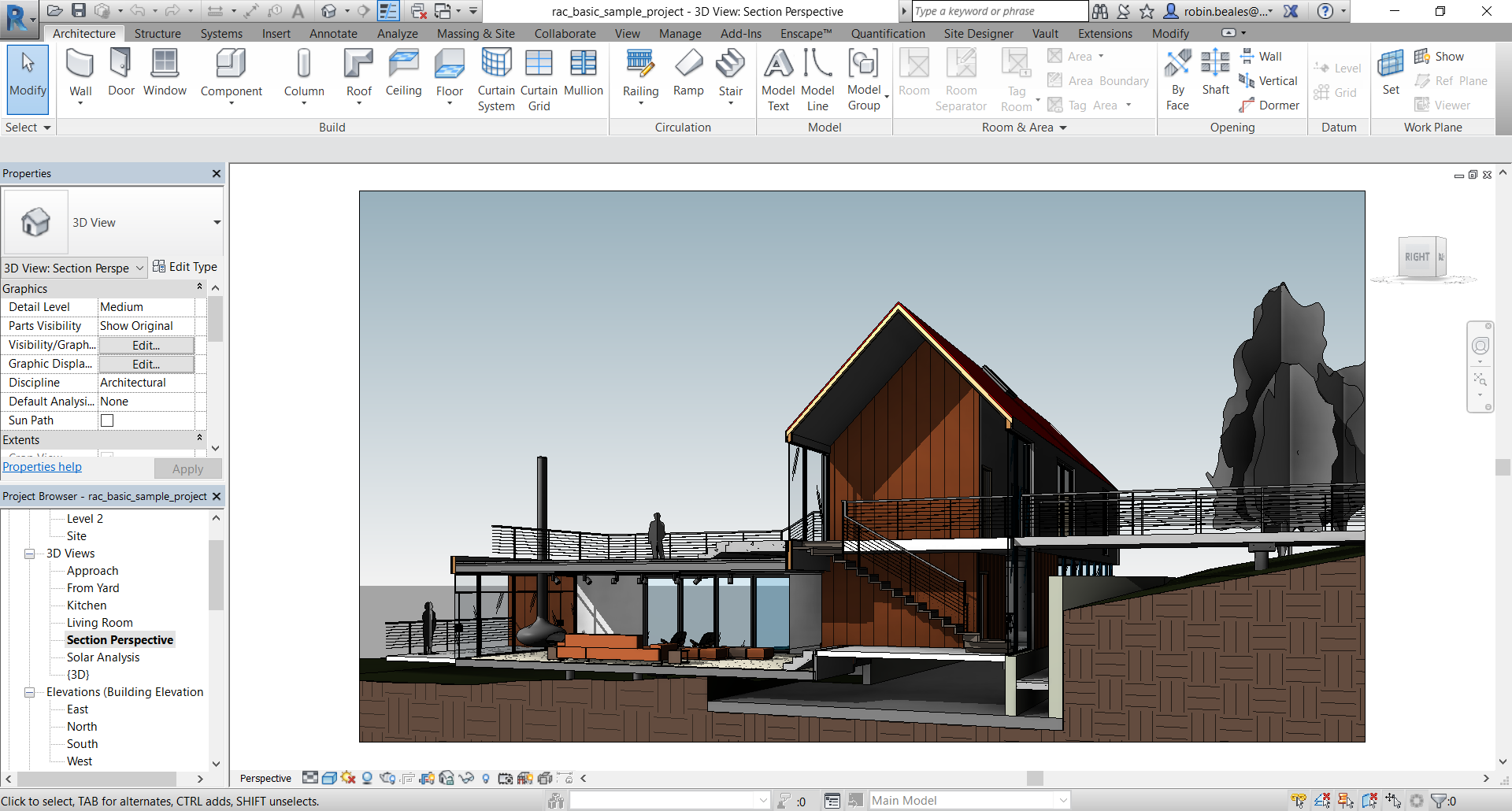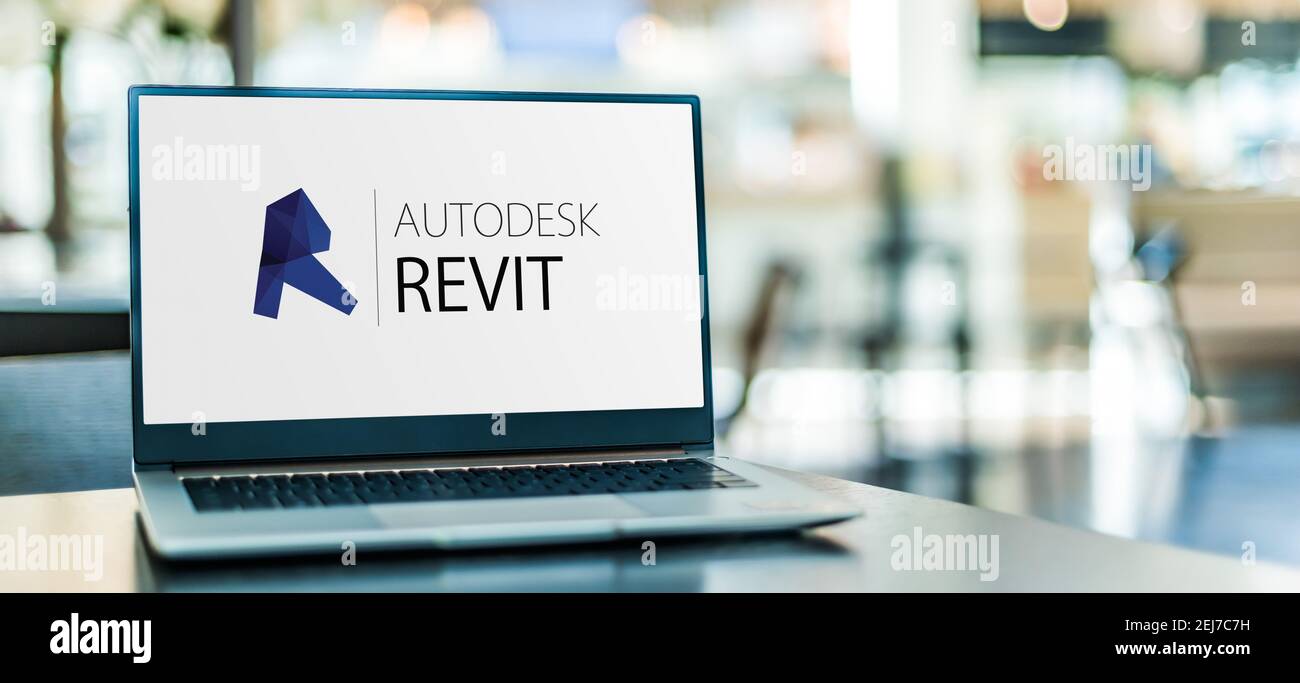

A digital twin builds on BIM by providing a connection to the real world. The digital twin of a building can be accessed by all project partners.īuilding information modeling helps professionals to design, construct, and maintain a project. Thanks to the cloud, any architect, engineer, or contractor involved on a project can access the common shared model and make changes that are seen by all collaborators.īIM is often an important component of a “ digital twin.” To better understand the differences between these two concepts, it helps to think of building information modeling as the process of managing data and the digital twin as what makes that data useful. This could include costs, material specifications, design details, and more. This 3D model combines both geometry and information: integrating multidisciplinary data for all elements of the project.

What Is a BIM Model?Īt the heart of building information modeling is a cloud-based 3D model-a digital representation of a building or structure. From December 31, 2020, the use of building information modeling will also be a binding criterion in awarding public contracts for German infrastructure and infrastructure-related building construction.

Adoption is also rising across North America as well as the Middle East, where a study revealed that 80% of the region’s respondents experienced a positive ROI from their BIM implementation. Increased productivity, reduced risk, and more profitability are consistently recognized as benefits of adoption, with nearly half of designers reported as saying that BIM helps foster better working relationships on collaborative projects. Today, awareness is almost universal, and 73% use BIM.

In 2011, 43% of the country’s respondents had not heard of building information modeling. According to the NBS 2020 BIM report, this has had a widespread effect. In 2011, the government’s construction strategy mandated that BIM Level 2 must be used on all public projects by 2016. That same year, 93% of architectural firms and 60% of engineering firms in the country were routinely using the technology. In Finland, Senate Properties-a significant government entity responsible for managing the country’s property assets-mandated IFC compliance and BIM models on projects as early as 2007. The Scandinavian region is globally recognized as a leader in this. The Standard for Public Construction ProjectsĪll over the world, there are plans to make building information modeling compulsory by introducing BIM mandates. Brandstetter believes this will significantly improve both communication and security. Today, they work where all data converges: in the cloud. In the past, those involved in construction tended to work in silos, and information was exchanged primarily via email. “This gives us better control over both costs and deadlines.” “With BIM, we can detect errors such as collisions long before they reach the construction site,” says Yannic Brandstetter, BIM project manager at the Swiss engineering and planning company Gruner AG. Ultimately, it’s about cost-optimizing the entire life cycle of a building. The Benefits of BIMīIM transforms digital collaboration in order to accelerate the construction process and even save resources for a more sustainable planet. It’s then combined and recorded so that all project partners can access it. All the information relevant to planning is fed into a synchronized database. Then, building information modeling changed everything.īIM refers to a technology designed to automate every work process of every trade involved in construction. Not long ago, stacks of files dominated every architect, engineer or planner’s office: the physical evidence of past and present projects in document form. Bundling all the information relating to planning makes construction more efficient and cost-effective. Building information modeling (BIM) is a digital process that optimizes the life cycle of a project, from design and construction all the way to operation and maintenance.


 0 kommentar(er)
0 kommentar(er)
